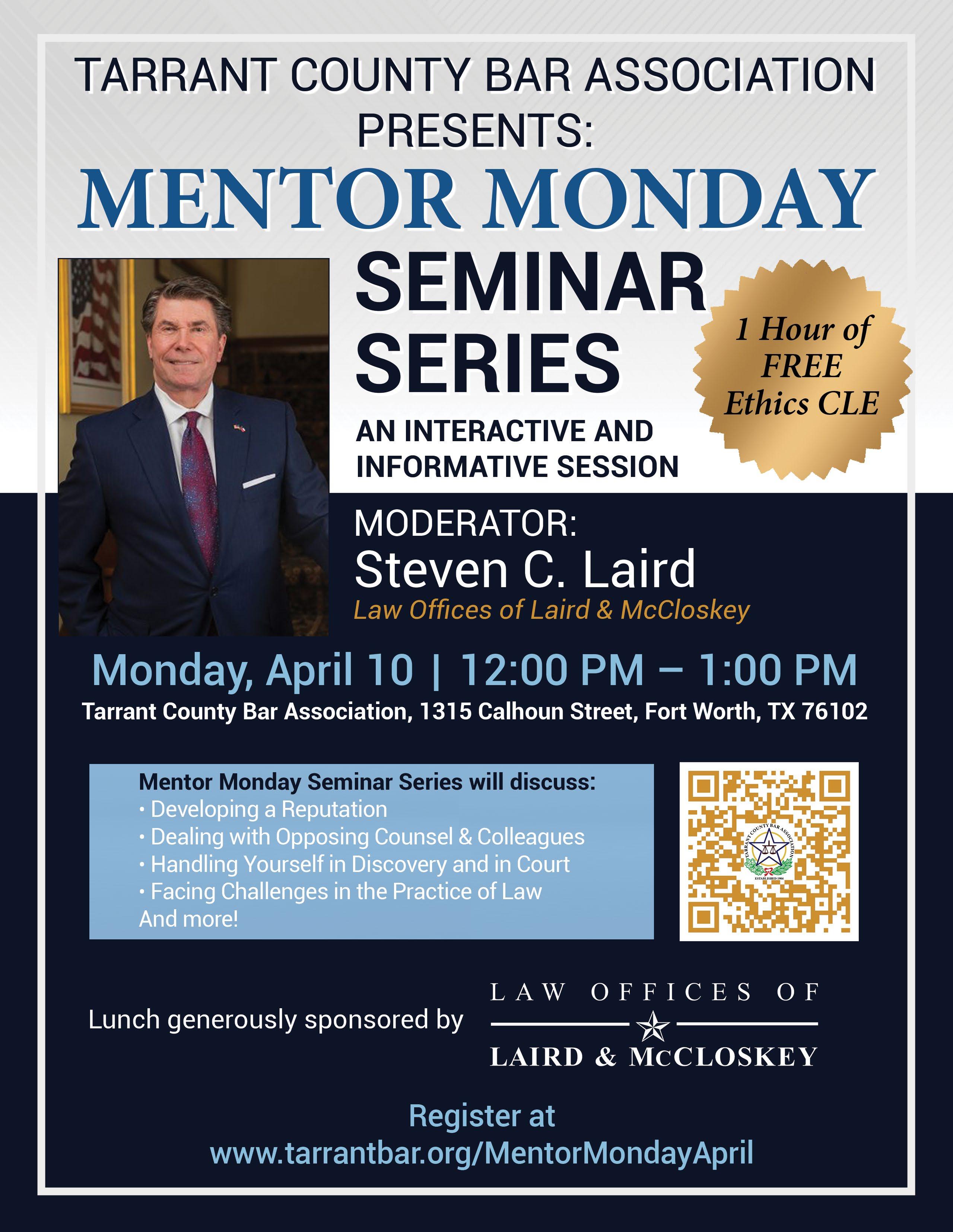
3 minute read
In re LTL Management, LLC and the Continued Viability of the Texas Two Step
LTL Management, LLC (“LTL”) filed its chapter 11 petition on October 14, 2021, at a time when it faced thousands of lawsuits from consumers alleging that its talcum power caused various cancers. A committee of claimants (“Committee”) moved to dismiss the case shortly after it was filed, but the bankruptcy court held that the LTM was entitled to bankruptcy protection. The Committee appealed the case to the district court, which affirmed the bankruptcy court. The Committee appealed to the 3rd Circuit. On January 30, 2023, the Third Circuit Court of Appeals (“3rd Circuit”) held that LTL, a wholly owned subsidiary of Johnson & Johnson Consumer, Inc. (“NewCo”) filed its chapter 11 case in bad faith and remanded the case back to the bankruptcy court for dismissal.
The opinion is noteworthy because it spotlights Texas divisional merger provisions of the Texas Business and Commerce Code (“ TBC”). Specifically, the ability of a company to merge itself into two separate entities. Under the TBC, when the original entity does not survive the merger, it allocates property, liabilities, and obligations among one or more new entities under a merger plan. Once the merger is complete, the original entity’s existence ends. Neither the original entity nor the new entities are responsible for the debts or obligations of the other entities. The TBC is a useful tool to restructure companies with significant liabilities and became known as the “Texas Two Step”.
Johnson & Johnson Consumer, Inc. (“Old Co”) was a wholly owned subsidiary of Johnson & Johnson(“J&J”). Old Co manufactured a variety of consumer products including Johnson Baby Power, made from talc, which is alleged to have caused cancer and subjected Old Co to a number of lawsuits. LTM was formed as in anticipation of more class action cases associated with allegations that Old Co’s products caused cancer. Although there were tens of thousands of lawsuits filed, some resulted in verdicts, dismissals, and settlements. In order to consolidate the litigation and provide some meaningful distribution for claimants, Old Co used the TBC to accomplish a divisional merger.
Old Co merged into Chenago Zero, LLC (“Chenago Zero”). Chenago Zero, through divisional merger, merged in to Chenago One, LLC (“Chenago One”) and Chenago Two, LLC (“Chenago Two”) under the TBC. Chenago One took on the talc liabilities and litigation, received $6 million in cash and ownership of royalty payments from J&J consumer brands worth approximately $367 million. Chenago Two received the productive business assets of Old Co. Chenago One converted into LTL. Chenago Two merged into Curahee Holding Company, Inc. and later changed its name to New
Co. New Co became a wholly owned subsidiary of J&J. The restructuring strategy also included a funding agreement between J&J, New Co, and Chenago Zero. The funding agreement required J&J and New Co to pay cash up to the value of New Co to resolve talc litigation costs and pay operating expenses. It was contemplated that all talc litigation would be transferred to a trust authorized under a chapter 11 plan to benefit talc claimants. There were limited restrictions to funding and no payment obligations. LTL inherited the benefit of the funding agreement under the plan of merger. Thus, the merger plan contemplated LTL filing a chapter 11 petition that would shield New Co and its assets from any liability.
In reversing the bankruptcy court and district court’s denial of the Committee’s motion to dismiss, the 3rd Circuit’s reasoning focused on the fact that LTL was not insolvent on the date it filed its chapter 11 petition. Namely, the class action lawsuits had not fully matured and LTL was not facing crippling judgments from claimants. Although there were numerous lawsuits pending against it, LTL had successfully settled some of them or had others dismissed. At the time of filing, it was premature for LTL to seek out bankruptcy protection at a time when it had access to $6 million in cash, up to $367 million in royalties, and essentially a blank check from New Co and J&J with a value of $61.5 billion to address claims from the talc litigation.
The 3rd Circuit did not directly criticize LTL and its affiliated entities for engaging in a divisional merger, but it signaled that it would look beyond the mere corporate structure of the debtor to evaluate whether the debtor filed its case in good faith. Specifically, it will look at the debtor’s assets, liabilities, and access to capital to address liabilities. At a minimum, it appears that such debtors must show balance sheet insolvency on the petition date to be entitled to chapter 11 bankruptcy protection in the 3rd Circuit.
There have been rumblings in the bankruptcy bar about the implications of In re LTL Management, LLC in other Circuits and the continued viability of the Texas Two Step. On the creditor side of the ledger, In re LTL Management, LLC provides a blueprint for dismissing these types of chapter 11 cases. If companies can no longer separate productive assets from staggering potential tort liabilities with the aid of a funding agreement by either a parent or affiliates, we will see less of the Texas Two Step in these types of pre-bankruptcy transactions. g











